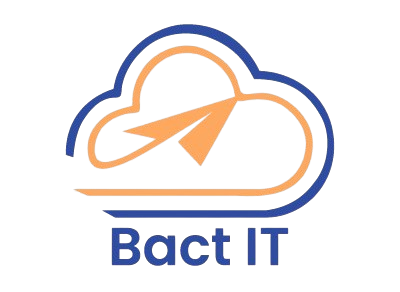Python with Data Science Course

We are committed to equipping individuals and organizations with the tools and expertise they need to thrive in a rapidly changing digital world.
Request A Quote !
Python with Data Science Course Outline
Duration: 40–50 Hours
Level: Beginner to Advanced
Delivery Mode: Online / Offline
Target Audience: Aspiring Data Scientists, Analysts, Developers, and IT Professionals
Prerequisites: Basic programming knowledge is recommended but not mandatory
Module 1: Introduction to Python for Data Science
- Introduction to Python Programming
- Python Setup and IDEs (Jupyter Notebooks, VS Code)
- Understanding Python Syntax and Data Types
- Control Flow (if-else, loops)
- Functions and Lambda Functions
- Working with Python Modules and Libraries
Module 2: Python Data Structures and Libraries
- Working with Lists, Tuples, Sets, and Dictionaries
- Introduction to NumPy: Arrays, Indexing, and Operations
- Pandas for Data Manipulation: Series and DataFrames
- Importing Data: CSV, Excel, and SQL databases
- Data Cleaning: Handling Missing Data, Duplicates, and Errors
- Data Transformation and Aggregation in Pandas
Module 3: Data Visualization in Python
- Introduction to Data Visualization Concepts
- Matplotlib Basics: Line Plots, Histograms, Bar Charts
- Seaborn for Advanced Visualizations: Heatmaps, Box Plots, Pair Plots
- Plotly for Interactive Visualizations
- Customizing Plots: Titles, Labels, Legends, and Axes
- Creating Dashboards with Plotly and Dash
Module 4: Introduction to Statistics and Probability
- Descriptive Statistics: Mean, Median, Mode, Variance, Standard Deviation
- Probability Distributions: Normal, Binomial, Poisson
- Hypothesis Testing and Confidence Intervals
- P-Values and Statistical Significance
- Introduction to Sampling and Sampling Methods
Module 5: Exploratory Data Analysis (EDA)
- Understanding the EDA Process
- Visual and Statistical Techniques for EDA
- Identifying Trends, Outliers, and Patterns in Data
- Feature Engineering and Feature Selection
- Correlation Analysis and Covariance
- Using Pandas Profiling for Automated EDA
Module 6: Machine Learning with Python
- Introduction to Machine Learning: Supervised vs Unsupervised Learning
- Scikit-learn for Building Models
- Linear Regression and Logistic Regression
- Decision Trees, Random Forests, and KNN
- Model Evaluation: Accuracy, Precision, Recall, F1 Score, AUC
- Cross-validation and Hyperparameter Tuning
Module 7: Advanced Machine Learning Techniques
- Support Vector Machines (SVM)
- K-Means Clustering and Hierarchical Clustering
- Principal Component Analysis (PCA) for Dimensionality Reduction
- Ensemble Learning: Boosting, Bagging, and Stacking
- Neural Networks and Introduction to Deep Learning (with TensorFlow)
Module 8: Natural Language Processing (NLP) with Python
- Introduction to NLP and Text Data
- Text Preprocessing: Tokenization, Lemmatization, and Stopword Removal
- Word Embeddings: Word2Vec and GloVe
- Sentiment Analysis using Python
- Topic Modeling with LDA (Latent Dirichlet Allocation)
- Named Entity Recognition (NER) with SpaCy
Module 9: Time Series Analysis and Forecasting
- Time Series Data and Its Components
- Time Series Decomposition: Trend, Seasonality, Residuals
- Stationarity and Differencing
- ARIMA Model for Time Series Forecasting
- Exponential Smoothing and Prophet Library
- Evaluation Metrics for Time Series Forecasting
Module 10: Deep Learning Basics (Optional)
- Introduction to Neural Networks and Backpropagation
- Using TensorFlow and Keras for Deep Learning
- Building a Basic Neural Network for Classification
- Convolutional Neural Networks (CNN) and Image Recognition
- Recurrent Neural Networks (RNN) and LSTM for Sequential Data
- Training, Testing, and Evaluating Deep Learning Models
Module 11: Capstone Project and Industry Use Cases
- End-to-End Data Science Project: From Data Collection to Model Deployment
- Industry Use Cases in Finance, Healthcare, Marketing, etc.
- Model Deployment on Cloud Platforms (Optional)
- Presentation of Results and Interpretation of Insights
- Preparing for Data Science Job Roles: Interview Tips and Case Studies
